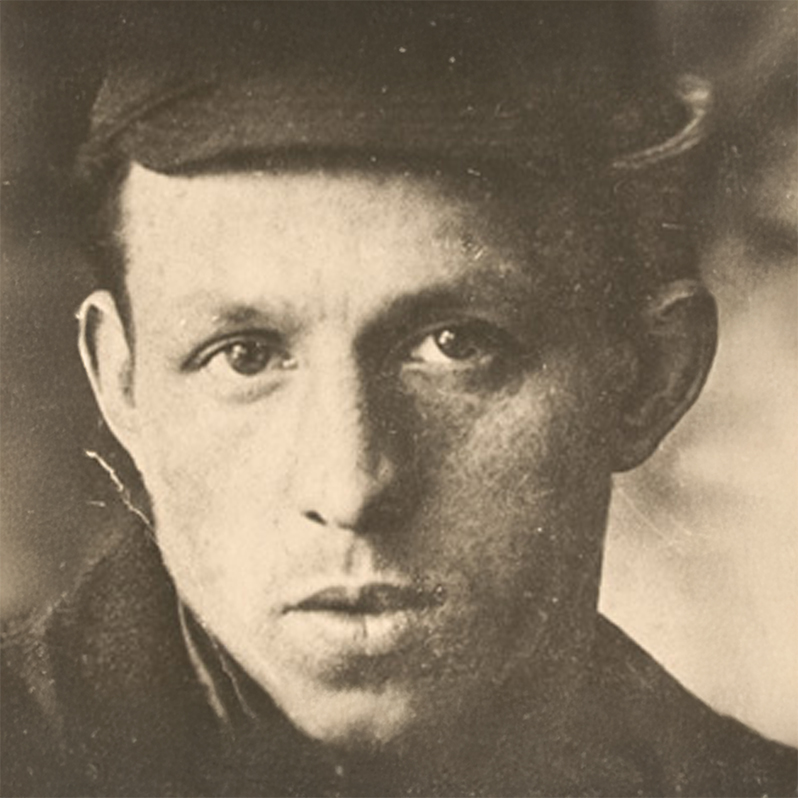
Nikolai Sergeyev (1908-1989) was a masterful painter of the Russian landscape, celebrated for his sincere and true-to-life depictions of nature. He studied at the Artists' Association of Revolutionary Russia (AKhRR) under the guidance of I. Mashkov, at the Moscow Graphic Art Institute, and finally at the Surikov Institute from 1936 to 1942. A member of the Artists' Guild of the USSR since 1942, Sergeyev was an artist who maintained his own independent vision, unswayed by the passing fashions of the day.
Sergeyev was renowned for his masterful depiction of the sky and for the exceptional purity of his snow scenes. Instead of accentuating color, he brought out the subtle distinctions of each particular landscape, masterfully conveying its unique character. This is beautifully demonstrated in the works from our collection. In "Snow in the Village," he showcases his celebrated ability to render winter's atmosphere with a nuanced and honest palette. In another painting, "Windy Day," he captures the dynamic movement of the sky and its effect on the land below, a prime example of his atmospheric skill.
An honorary member of the Moskvorechie Artists Community, Nikolai Sergeyev achieved vast international recognition during his lifetime. His work was featured in exhibitions across the globe, including in Great Britain, Germany, Italy, Spain, France, and the United States. For the collector, a painting by Sergeyev is an opportunity to own a masterful and authentic landscape by a classically trained artist who was celebrated for his unique vision and his profound, honest connection to the Russian land.
1960, Soviet Russia, Moscow 1990, Solo-exhibition at the Moskvorechie Artist's Community
Works shown frequently at Lazare Gallery, Charles City, VA Walls Gallery, Wilmington, NC Wallace Fine Art, Longboat Key, Fl James Yarosh Assoc., Holmdel, NJ.
Exhibitions throughout Russia, Austria, Bulgaria, Hungary, Great Britain, Germany, Greece, Denmark, Egypt, Italy, Spain, Israel, Cyprus, Malta, Turkey, France and the United States.
His works can be found in museums and private collections throughout Russia and the former Soviet Union as well as abroad.
May 2004, Bukowskis-Horhammer, Helsinki